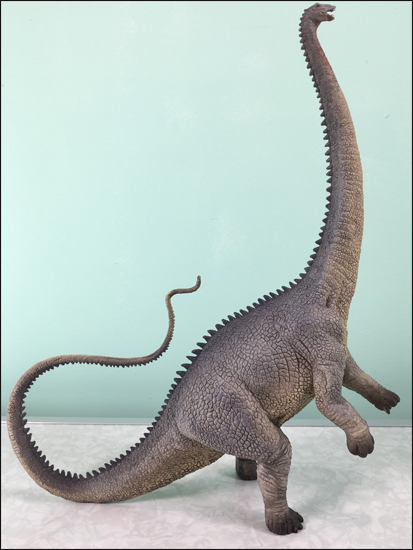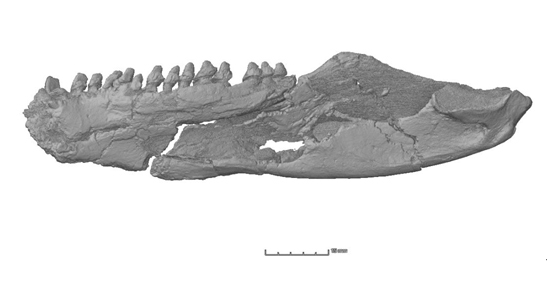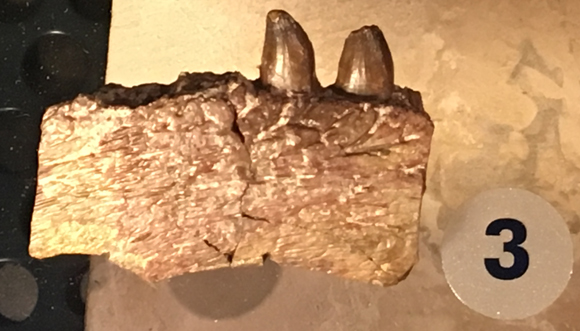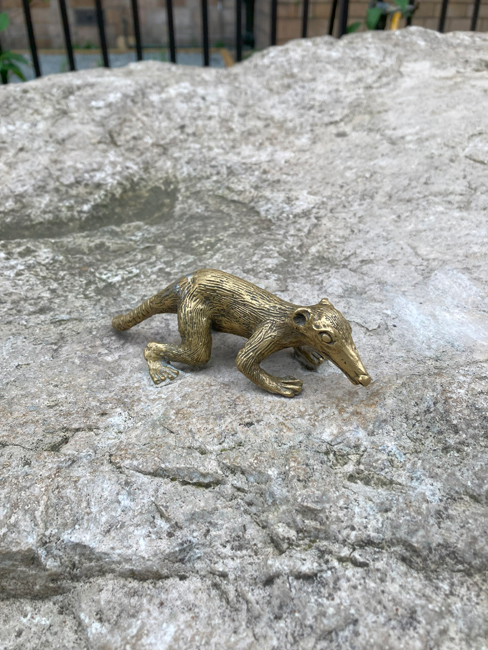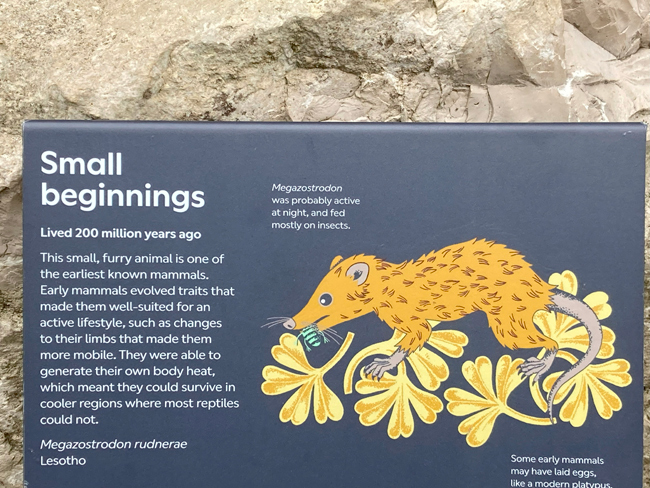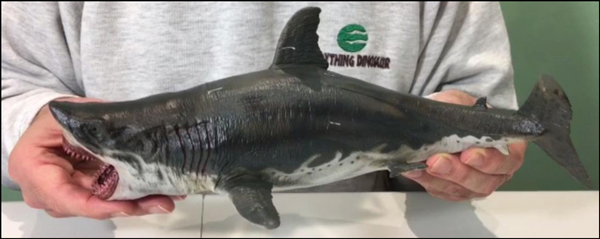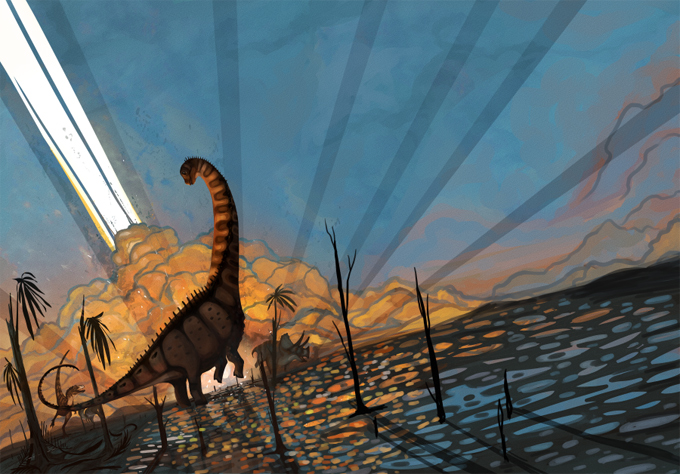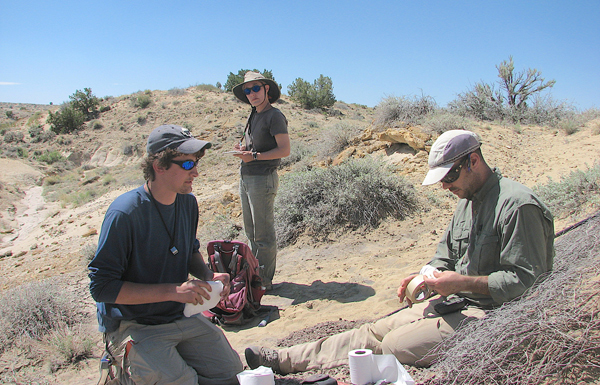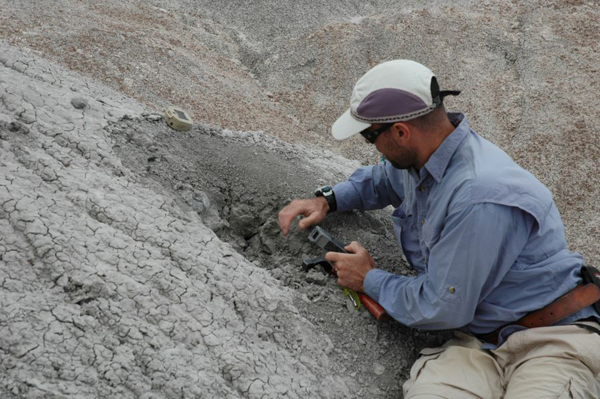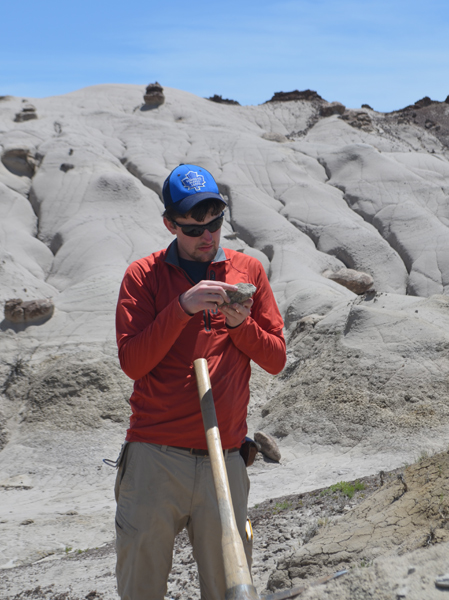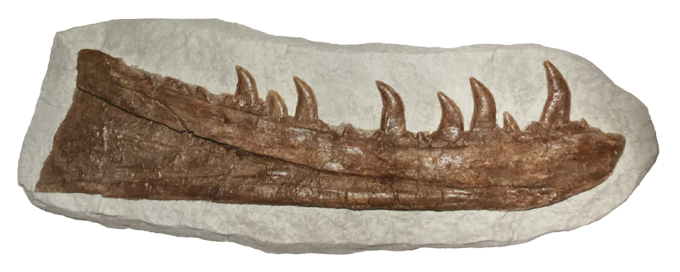Articles, features and information which have slightly more scientific content with an emphasis on palaeontology, such as updates on academic papers, published papers etc.
The Remarkable Titanosaur Utetitan and the Return of Giant Sauropods to North America
The recent description of Utetitan zellaguymondeweyae marks a significant step forward in Late Cretaceous dinosaur research. This newly recognised titanosaurian sauropod lived during the Maastrichtian fauna stage in what is now Utah. Importantly, it challenges long-held assumptions about sauropod diversity in what we now know as North America.
For many years, palaeontologists believed that Alamosaurus sanjuanensis was the only sauropod present in North America during the final few million years of the Cretaceous. This idea always raised questions. After all, sauropods elsewhere often show multiple species living side by side. A single species persisting unchanged for such a long time seemed implausible.
The fossils that led to description of Utetitan come from the North Horn Formation, which dates to the very end of the Age of Dinosaurs. Although these remains were collected decades ago, they were historically placed within the Alamosaurus taxon. At the time, comparisons were difficult. Most sauropod fossils from the southwest and northern Mexico are fragmentary. Overlapping bones are rare. In addition, it is often difficult to compare fossil skeletons as they represent individuals at different growth stages.
Picture credit: Everything Dinosaur
Utetitan zellaguymondeweyae
Recent re-examination of the material revealed something important. The Utah fossils differ consistently from Alamosaurus fossils found in New Mexico. These distinctions are anatomical, not simply related to ontogeny or taphonomy. As a result, the Utah skeleton was designated as the holotype of a new species, Utetitan zellaguymondeweyae.
The name Utetitan honours the native Ute peoples of the region. Whereas the species name honours the author’s (Gregory S. Paul) maternal grandmother Zella Guymon Dewey (1901–2002).
The holotype includes tail vertebrae, pelvic bones, limb elements, and a distinctive osteoderm. Consequently, Utetitan is one of the most informative Late Cretaceous sauropods known from North America. Its anatomy confirms its place within the Titanosauria clade.
Many Different Titanosaurs Lived in Late Cretaceous North America
Crucially, Utetitan changes how palaeontologists view Late Cretaceous ecosystems. Evidence now suggests that multiple titanosaurs lived in southwestern North America during the Campanian and Maastrichtian faunal stages of the Late Cretaceous. Furthermore, some fossils from Texas may belong to Utetitan. Other fossils do not. Older Campanian remains cannot be confidently assigned to either Alamosaurus or Utetitan. This suggests that there are many more titanosaur genera awaiting scientific description.
These titanosaurs may even represent a short-lived regional lineage. In semi-isolation, they could have evolved separately from titanosaurs elsewhere in the world. Interestingly, new skeletal reconstructions suggest that these animals were not as massive as earlier size estimates indicated.
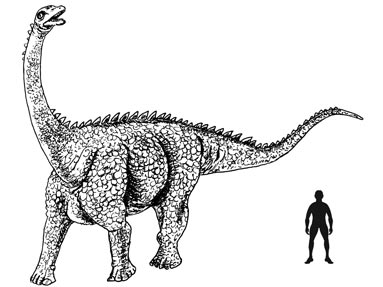
Scale drawing of Alamosaurus. Recent research suggests that Alamosaurus sanjuanensis may not have been as large as previously thought. Picture credit: Everything Dinosaur.
Picture credit: Everything Dinosaur
From a biogeographical perspective, Utetitan supports the idea of late sauropod migrations into North America. Changing sea levels may have opened temporary land corridors. Through these routes, titanosaurs could disperse from other continents.
Ultimately, the Utetitan zellaguymondeweyae paper shows how revisiting old fossils can transform scientific understanding.
The scientific paper: “Stratigraphic and anatomical evidence for multiple titanosaurid dinosaur taxa in the Late Cretaceous (Campanian-Maastrichtian) of southwestern North America” by Gregory S. Paul published as an open-access paper in Geology of the Intermountain West.
For models of Alamosaurus and other titanosaurs: Dinosaur Models.






